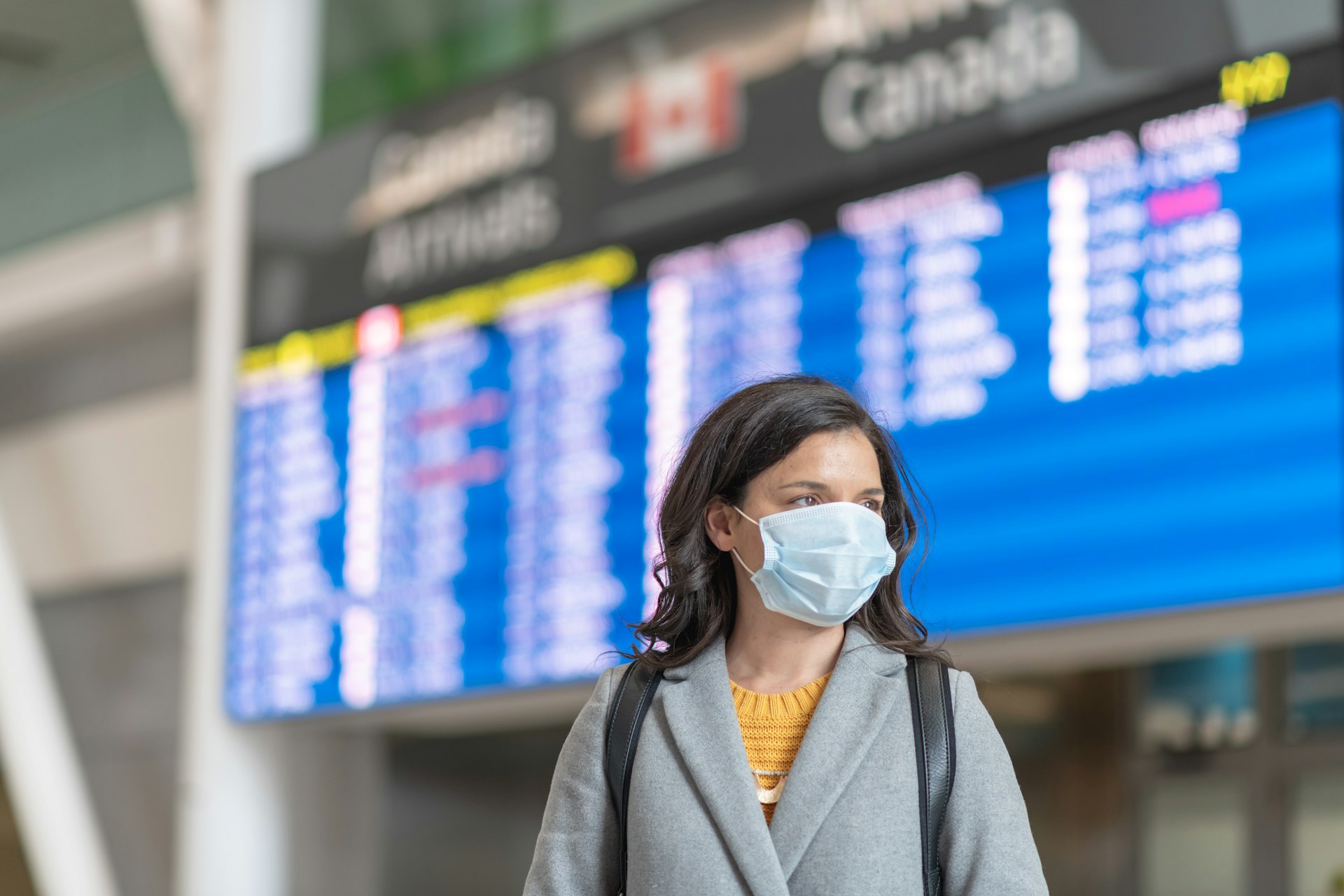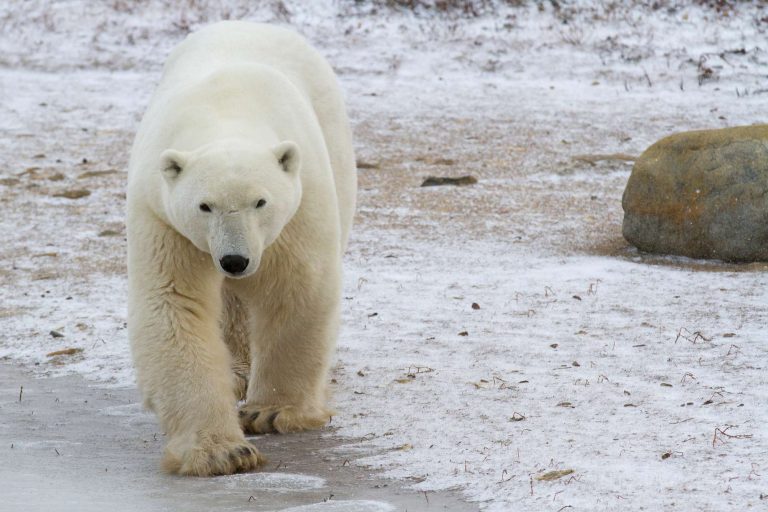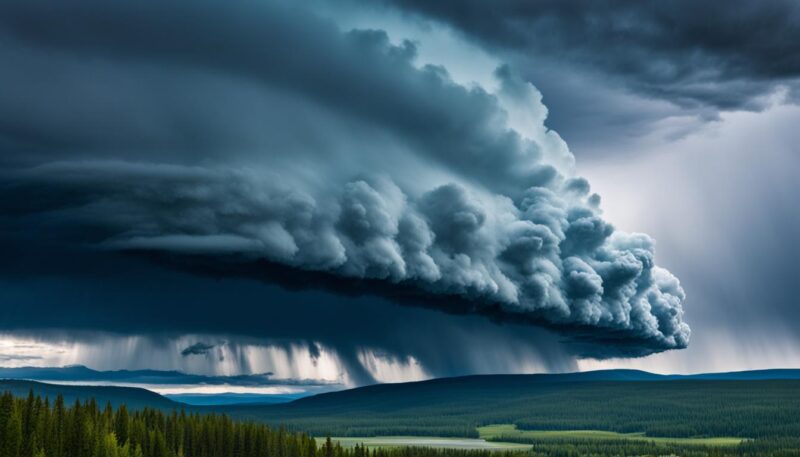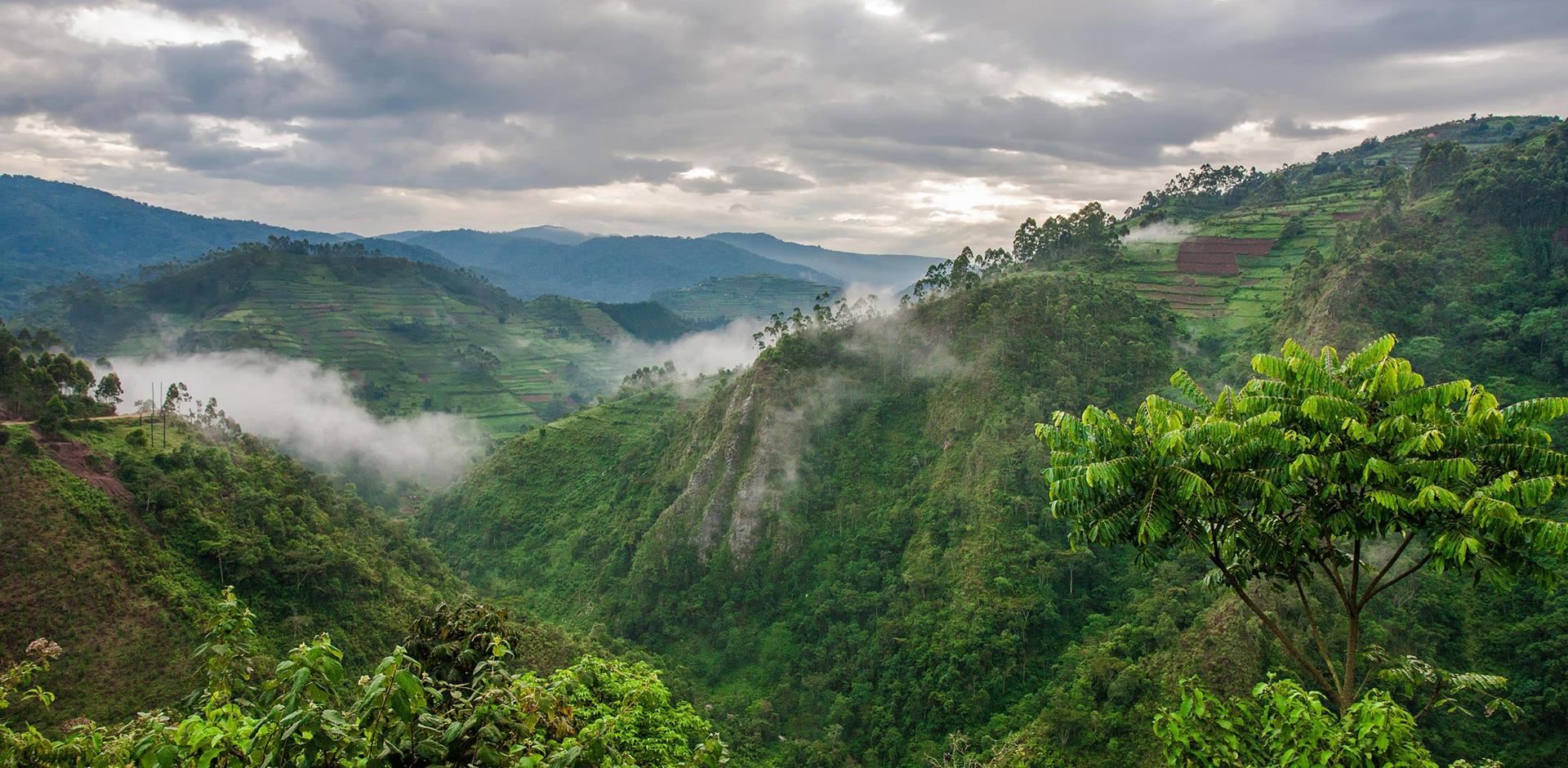Explore Canada: Essential Travel Advisory Tips
Imagine standing at the edge of breathtaking turquoise lakes, surrounded by majestic snow-capped mountains. The crisp Canadian air fills your lungs. You’re soaking in the awe-inspiring beauty of nature. Canada has vast landscapes and diverse culture that ignite wonder in every heart.
But in all the excitement of planning, remember that safety comes first. Being informed and ready is essential in ensuring a safe, unforgettable journey in the Great White North. Let’s look at a few key travel tips to help make your trip both exciting and safe.
Key Takeaways:
- Canada’s diverse landscapes and rich culture make it an enticing destination for exploration.
- Prioritize safety by staying informed and prepared with travel advisory tips.
- Adventures in Canada can be both thrilling and safe with the right knowledge and precautions.
- Keep these essential travel advisory tips in mind to make the most of your Canadian journey.
- Plan ahead, stay informed, and embrace the magic that awaits you in Canada.
Understanding the Canada Travel Advisory System

The Canadian government has your back when it comes to traveling. It shares important advice to keep everyone safe, both locals and visitors. This info warns about risks and safety issues in Canada.
The Canada Travel Advisory system marks risks in different ways:
- Avoid all travel: High risk. Don’t go to specific places.
- Avoid non-essential travel: Some risks. You should only go if it’s really needed.
- Exercise a high degree of caution: There might be risks. Be careful and take precautions.
- Take normal security precautions: The place is usually safe, but still be careful like you would anywhere else.
Always keep an eye on travel warnings and tips. Check the official government site often for the latest advice. This way, your time in Canada stays safe and enjoyable.
Canada Travel Advisory System Categories
| Risk Level | Description |
|---|---|
| Avoid all travel | High risk; travel to the designated region(s) should be avoided. |
| Avoid non-essential travel | There are specific risks in the designated region(s) that could impact safety; limit travel to necessary reasons only. |
| Exercise a high degree of caution | Potential risks or uncertainties in the designated region(s); remain vigilant and take necessary precautions. |
| Take normal security precautions | The region is generally safe; travelers should follow typical safety measures. |
Safety Tips for Traveling in Canada

Canada has beautiful lands, friendly people, and is safe for visitors. Yet, it’s vital to put safety first when traveling. Use these key tips for a smooth and safe journey in Canada:
- Stay Informed: Know the Canadian government’s travel advice before you go. Look for warnings or alerts for your destination.
- Secure Your Belongings: Use lockable bags to keep your stuff safe. Don’t leave valuables alone. Use a money belt for your passport and money.
- Be Mindful of Your Surroundings: Though safe, be alert in Canada. Don’t walk alone at night or in crowded tourist areas. Pickpocketing is a risk in those places.
- Use Reliable Transportation: Pick trusted public transport or taxis. Book ahead to steer clear of scams.
- Stay Connected: Let someone know where you are, especially if alone. Share your plans and check in often.
- Stay Hydrated and Check the Weather: Be ready for Canada’s changing weather. Drink water and know the forecast before going outdoors.
- Respect Wildlife: Canada has many animals. Stay away, don’t feed them, and follow local rules about them.
- Protect Yourself from Extreme Weather: Wear the right clothing in winter for cold protection. Layer up, and don’t forget waterproof shoes.
- Emergency Contact Information: Save local emergencies and your embassy’s number. It’s smart to be ready for anything.
Stick to these safety hints and keep up with Canada’s travel advice. You’ll have a trip free from worries. Then, you can enjoy Canada’s beauty and hospitality fully.
Stay safe while enjoying your Canadian adventure!
Specific Travel Warnings and Alerts in Canada
Canada is very safe overall. Yet, knowing about travel warnings and alerts is key for safety. The government highlights risks in some places to keep you safe. Let’s look at a few important alerts.
1. Natural Disasters
In Canada, there are risks like wildfires, floods, and harsh winters. Always check for updates from the local authorities. When risks are high, follow their safety advice and orders.
2. Wildlife Encounters

Wildlife in Canada is beautiful but can be dangerous. Be careful when you see bears, moose, or cougars. Keep yourself safe by storing food properly and following the safety tips, especially in nature parks.
3. Road Safety
Driving here means you must know the traffic laws. Watch out for road updates, like construction or closures, especially in remote areas. Don’t forget your ID, insurance, and make sure your vehicle is in good shape for trips.
4. Indigenous Lands
Many Indigenous lands in Canada are very important. Always respect their rules and guidelines. Learning and respecting their culture is also very important.
5. Health and Safety
Take care of your health and safety when visiting Canada. Make sure you have travel insurance. Know where to find healthcare. Also, stay up-to-date on any health alerts and follow local health rules.

6. Public Demonstrations and Protests
Demonstrations and protests can happen in Canada. It’s best not to join in or be near them. Stay updated with local news and change plans if needed, to stay safe and avoid trouble.
Preparedness and Awareness
Knowing about travel alerts helps you make smart choices for a fun and safe trip. Always check the latest news from official sources before and during your trip.
You can also read: Martinique Travel Advisory Updates
| Travel Warning | Alert Details |
|---|---|
| 1. Natural Disasters | Stay informed about wildfires, floods, and severe winter weather risks. Follow evacuation orders and safety instructions. |
| 2. Wildlife Encounters | Exercise caution and maintain a safe distance when encountering bears, moose, or cougars. Follow all recommended safety procedures, especially in national parks. |
| 3. Road Safety | Be aware of road advisories, construction zones, and closures. Carry valid identification, insurance documents, and a well-maintained vehicle. |
| 4. Indigenous Lands | Respect guidelines and restrictions on Indigenous lands. Appreciate and honor the cultural heritage of Indigenous communities. |
| 5. Health and Safety | Have appropriate travel insurance. Familiarize yourself with healthcare facilities and services. Follow local health guidelines and seek medical attention if needed. |
| 6. Public Demonstrations and Protests | Avoid participating in or getting caught up in potentially volatile situations. Stay informed and adjust travel plans if necessary. |
Entry and Exit Requirements for Canada
Before you head to Canada, make sure to know the rules for coming and going. Canadian citizens must show a valid passport when they arrive or leave. Keep your passport current for your whole trip.
Non-Canadians, check what you need with the closest embassy or consulate. Different places might need different papers to let you in. It’s smart to be ready ahead of time.
Also, keep in mind any extra steps because of COVID-19. The rules can change, so always check the latest travel advice from the government.
COVID-19 Travel Restrictions in Canada
Due to the ongoing pandemic, Canada has set some rules to keep people safe. This involves testing before you arrive, quarantine rules, and showing your vaccination status.
Before you leave for Canada, visit websites like the Government of Canada and the Public Health Agency of Canada for the most current COVID-19 travel information.
Also, sign up for email alerts or follow the government’s social media accounts to get the latest updates on travel rules.
Traveling to Canada offers unforgettable experiences, but it’s crucial to fulfill the entry and exit requirements to ensure a seamless journey. By obtaining the necessary documents and staying informed about the current travel advisories, you can embark on an adventure filled with breathtaking landscapes, diverse cultures, and warm Canadian hospitality.
Conclusion

Making sure travelers are safe is very important when in Canada. Know about the Canada Travel Advisory system. Follow safety tips and learn about entry and exit rules. This helps you have a safe and fun time in this beautiful country.
Keep checking for new travel advisories and follow the Canadian government’s advice. With good planning and being careful, you can enjoy all that Canada offers. This way, you keep yourself safe on your trip.
When in Canada, always pay attention to your surroundings. Watch out for possible dangers and take steps to stay safe. Whether enjoying the outdoors, trying new foods, or joining local events, have fun safely.
Go on a great trip to Canada, knowing what to do and being ready. You’ll make wonderful memories in this special place.
FAQ
What is the purpose of the Canada Travel Advisory system?
The Canada Travel Advisory system helps people know the risks and safety issues in different places of the country.
How can I stay informed about travel warnings in Canada?
Make sure to keep checking the government’s website for any updates on travel warnings in Canada.
Is Canada a safe country to travel to?
Canada is seen as a safe place. Yet, it’s smart to be careful for your own safety.
What are some safety tips for traveling in Canada?
Some key tips for staying safe in Canada are…
Are there any specific travel warnings and alerts in Canada?
Yes, there are travel warnings and alerts in Canada. These include…
What are the entry and exit requirements for Canada?
If you’re Canadian, you must show you’re a citizen with your passport. Others, like non-Canadians, must see which documents they need at the embassy or consulate.




